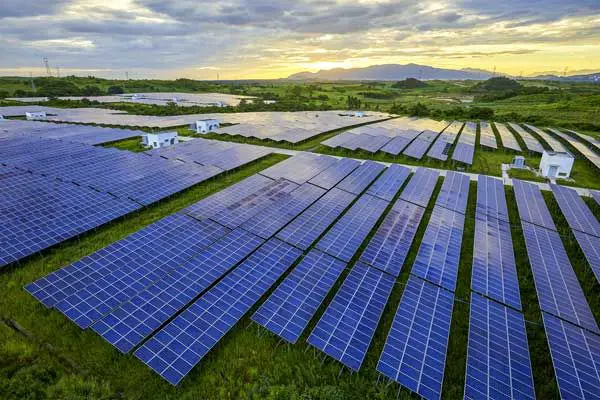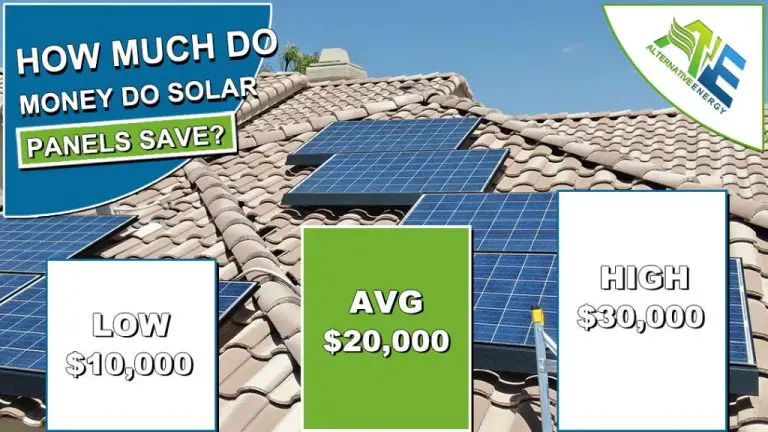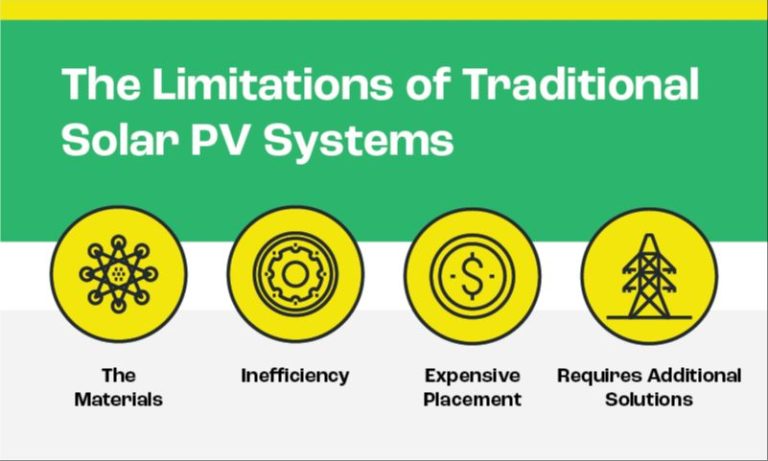Does Texas Have A Solar Program?

Texas has seen significant growth in renewable energy in recent years, especially from wind and solar power. According to the Texas Comptroller, Texas produced over 28% of the nation’s wind energy in 2021. The state also ranks first in the U.S. for utility-scale solar installations. While wind energy has expanded rapidly over the past two decades due to supportive policies, solar energy is now the fastest growing renewable resource in Texas.
The Solar Energy Industries Association reported Texas installed the most solar capacity of any state in 2021, with nearly 5,000 megawatts added. This represents a 70% increase over the previous year. Solar accounts for about 2% of Texas’ electricity generation currently but is projected to rise substantially in the coming years. Major solar projects underway and continued cost declines for solar panels will support further expansion of solar energy in Texas.
History of Solar Policy in Texas
Texas has had a mix of policies related to solar energy over the years. In 1999, Texas became the first state to establish a renewable portfolio standard (RPS), which required utilities to get 2,000 megawatts of electricity from renewable sources by 2009.1 This helped spur early growth in the solar industry. The RPS goal was expanded in 2005 under Governor Rick Perry to require 5,880 MW by 2015, and 10,000 MW by 2025.
Net metering rules were established in Texas in 1999 as well. Net metering allows homes and businesses with solar panels to get credit for excess electricity they send back to the grid. This credit can be used to offset electricity used at night or during cloudy weather. The original net metering cap was set at 50 MW but has been expanded over time. As of 2013, the statewide cap sits at 500 MW.2
Property tax exemptions have also aided solar growth in Texas. In 2011, the Texas Legislature exempted 80% of the appraised value of residential solar installations from local property taxes for 10 years. In 2013, a similar exemption was enacted for commercial solar installations.
While Texas has lacked large direct cash incentives for solar compared to some states, its mix of RPS requirements, net metering rules, and tax exemptions has still made it an attractive solar market over the years.
Current Solar Incentives
There are several incentives currently available to Texas residents who install solar panels on their homes or businesses. The main incentives come from federal and utility programs.
At the federal level, the most significant incentive is the federal Solar Investment Tax Credit (ITC). This provides a tax credit equal to 26% of the cost of installing a residential solar energy system and 22% for a commercial system in 2022. The tax credit will phase out and expire after 2032 (Source: https://www.energy.gov/eere/solar/homeowners-guide-federal-tax-credit-solar-photovoltaics).
In terms of utility incentives, TXU Energy offers a solar buyback program where customers receive bill credits for excess energy sent back to the grid. The buyback rate depends on factors like demand and can change monthly (Source: https://www.sunrun.com/solar-by-state/tx/texas-solar-incentives).
Oncor also offers rebates on solar installations, with higher rewards for west-facing panels that produce more electricity during peak evening hours. The rebates can cover 25-60% of the installed cost (Source: https://www.marketwatch.com/guides/solar/texas-solar-incentives).
While no direct state solar tax credits exist in Texas, the federal and utility incentives can still make solar power an attractive option for many homeowners and businesses.
Net Metering in Texas
Texas does not have a statewide net metering policy. Instead, net metering regulations are determined by local electric utilities.
Net metering allows solar customers to get credit for any excess electricity they generate and send back to the grid. This helps offset the cost of electricity drawn from the grid when their solar system is not producing enough to meet their needs.
Some major electric utilities in Texas that offer net metering include:
- CPS Energy
- Green Mountain Energy
- Austin Energy
- Guadalupe Valley Electric Co-op
Net metering policies and rates vary by utility. Some utilities offer 1:1 credit for excess solar generation fed back to the grid, while others offer lower rates. There are also differences in how long credits can roll over before they expire.[1]
Overall, the lack of a statewide net metering mandate in Texas means solar policies are fragmented. However, major population centers like San Antonio, Austin, and Houston do have access to net metering programs from their utilities.
[1] https://quickelectricity.com/2018-solar-panel-incentives-texas-net-metering-buyback-programs/
Major Solar Installers in Texas
Texas has seen significant growth in residential and commercial solar installations in recent years. Some of the largest companies installing solar panels in Texas include:
SunPower – Founded in 1985, SunPower is one of the most experienced solar companies operating in Texas and nationally. They provide high-efficiency panels and battery storage options.
ADT Solar (previously Sunpro Solar) – Acquired by home security company ADT in 2022, ADT Solar installs residential systems across Texas. They have installed over 125,000 solar energy systems nationwide.
Tesla Energy – Alongside their electric vehicles, Tesla provides solar panels and Powerwall batteries for energy storage. Their solar division has grown significantly in recent years.
Other major players include Blue Raven Solar, Green Home Systems, and Freedom Solar. Many national solar companies have expanded into the growing Texas market.
Notable Solar Projects
Texas has some of the largest solar farms in the United States. The Aktina Solar Project in Sterling City is currently the largest solar power project in Texas with a capacity of 600 MW. It was developed by Recurrent Energy and involves the installation of 1.4 million solar modules across 4,000 acres of land (Source: https://www.rosendin.com/news/aktina-solar-project-the-largest-solar-power-project-in-texas-usa/).
The Roadrunner Solar Project in Upton County, developed by Enel Green Power, is the second largest in the state with a capacity of 497 MW. It contains over 1.2 million solar panels and was built in only 9 months (Source: https://www.enelgreenpower.com/our-projects/highlights/roadrunner-solar-project).
Other major solar farms in Texas include the Upton-2 Solar Farm (212.5 MW), Roserock Solar Farm (212 MW), and Permian Energy Center (200 MW) (Source: https://energycapitalpower.com/top-five-largest-solar-farms-in-texas-by-capacity/). These large-scale projects demonstrate the rapid growth of solar energy in the Lone Star State.
Solar Potential in Texas
Texas has an abundance of solar resources due to its size and geographic location. According to data from the National Renewable Energy Laboratory (NREL), the annual average solar resource ranges from 4.0 to 7.0 kWh/m2/day across the state, with West Texas and the Panhandle region having the highest potential.
The city of El Paso, for example, averages 5.8 kWh/m2/day and could generate up to 1,200 kWh per kW of installed solar capacity annually. Major cities like Dallas, Houston, San Antonio and Austin have slightly lower averages of around 5.0-5.4 kWh/m2/day but still possess strong solar potential.
NREL provides detailed solar resource maps and data that allow Texans to analyze the solar potential of their area by county, zip code or specific location. With abundant solar resources across nearly all of the state, Texas has significant untapped potential for solar energy generation.
Barriers to Solar Adoption
While Texas has seen significant growth in solar energy in recent years, there are still challenges and roadblocks to further adoption across the state. One of the biggest barriers cited by experts is Texas’ lack of policy incentives for renewable energy. Unlike many other states, Texas does not have a renewable portfolio standard that requires utilities to procure a certain percentage of power from renewable sources (Texas Tribune, 2023). The state also does not offer robust tax credits or rebates for residential solar installations. This lack of policy support creates uncertainty for the solar industry and can inhibit long-term growth and investment.
Another key challenge is obtaining permits for large-scale solar projects, which involves navigating a complex regulatory environment at both the state and local levels. Texas has strict land use laws that limit where solar facilities can be sited. Local permitting processes can also be difficult to maneuver, resulting in unpredictable timelines and costs (PV Tech, 2023). Streamlining and standardizing these processes could help accelerate solar development statewide.
Integrating more solar onto Texas’ isolated electric grid also poses technical hurdles related to reliability and transmission infrastructure. As solar makes up a larger share of generation, solutions are needed to account for its variability and ensure grid stability. Upgrades to the transmission system that connect solar resources from remote areas to load centers will also require regulatory reforms and significant investment (EDPR, 2023).
Future Outlook
Solar energy has significant potential for further growth in Texas. According to projections, Texas could generate over 120,000 megawatts of solar power by 2050. This is over 100 times the state’s current installed solar capacity. Several factors are expected to drive continued solar expansion in the coming decades:
- Improving solar technology and falling costs – As solar panels become more efficient and costs continue to decrease, solar will become increasingly competitive with fossil fuels.
- Renewable energy goals – Texas has a renewable portfolio standard that requires utilities to generate a certain percentage of power from renewables. This will incentivize further solar builds.
- Corporate procurement – Major Texas corporations like Apple, Walmart and IKEA are committing to power their operations with renewable energy. These corporate solar deals will be a major driver.
- Community solar growth – Community solar allows residential customers to buy into shared solar installations. This market segment is still emerging but holds significant potential.
- Rooftop solar expansion – With panels getting cheaper and easier to install, rooftop solar adoption is expected to continue growing, especially in sunny cities like Austin.
Overall, analysts expect Texas solar installations to grow rapidly over the next 10-15 years. This will be driven by improving economics, government policy, corporate buyers and rooftop solar demand. Texas’ abundant sunshine puts it in a prime position to tap into its massive solar power potential.
Conclusion
Texas has made significant progress on solar energy in recent years. The state has ample solar resources and several policies to encourage solar adoption, such as net metering. Major solar projects like the Long Draw Solar Project demonstrate the potential for large-scale solar in Texas. While some barriers remain, such as lack of strong statewide incentives, the future outlook for solar in Texas is positive. With good solar potential and a supportive policy environment, Texas is poised to continue as a national leader in solar energy.







